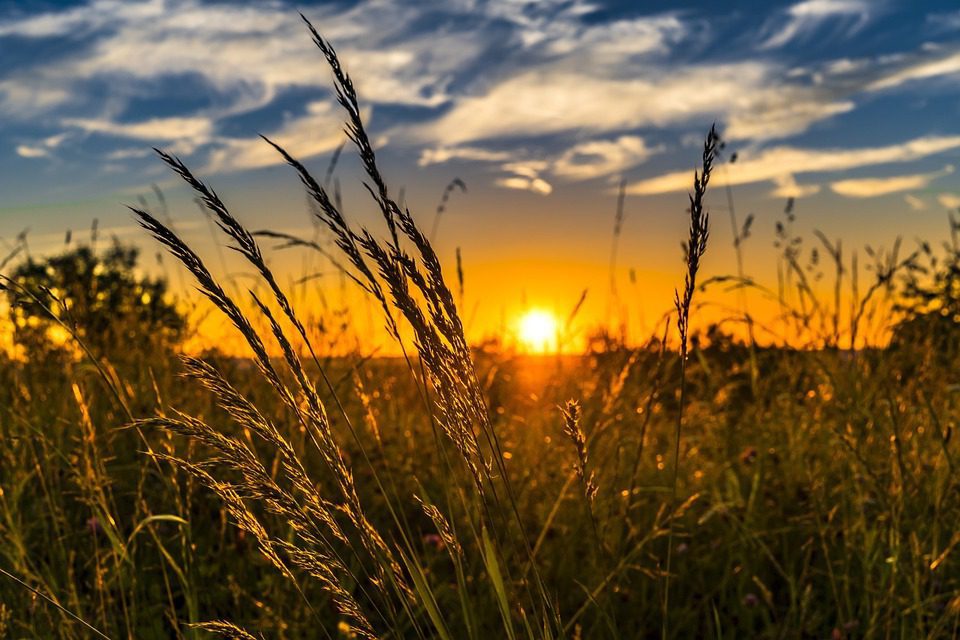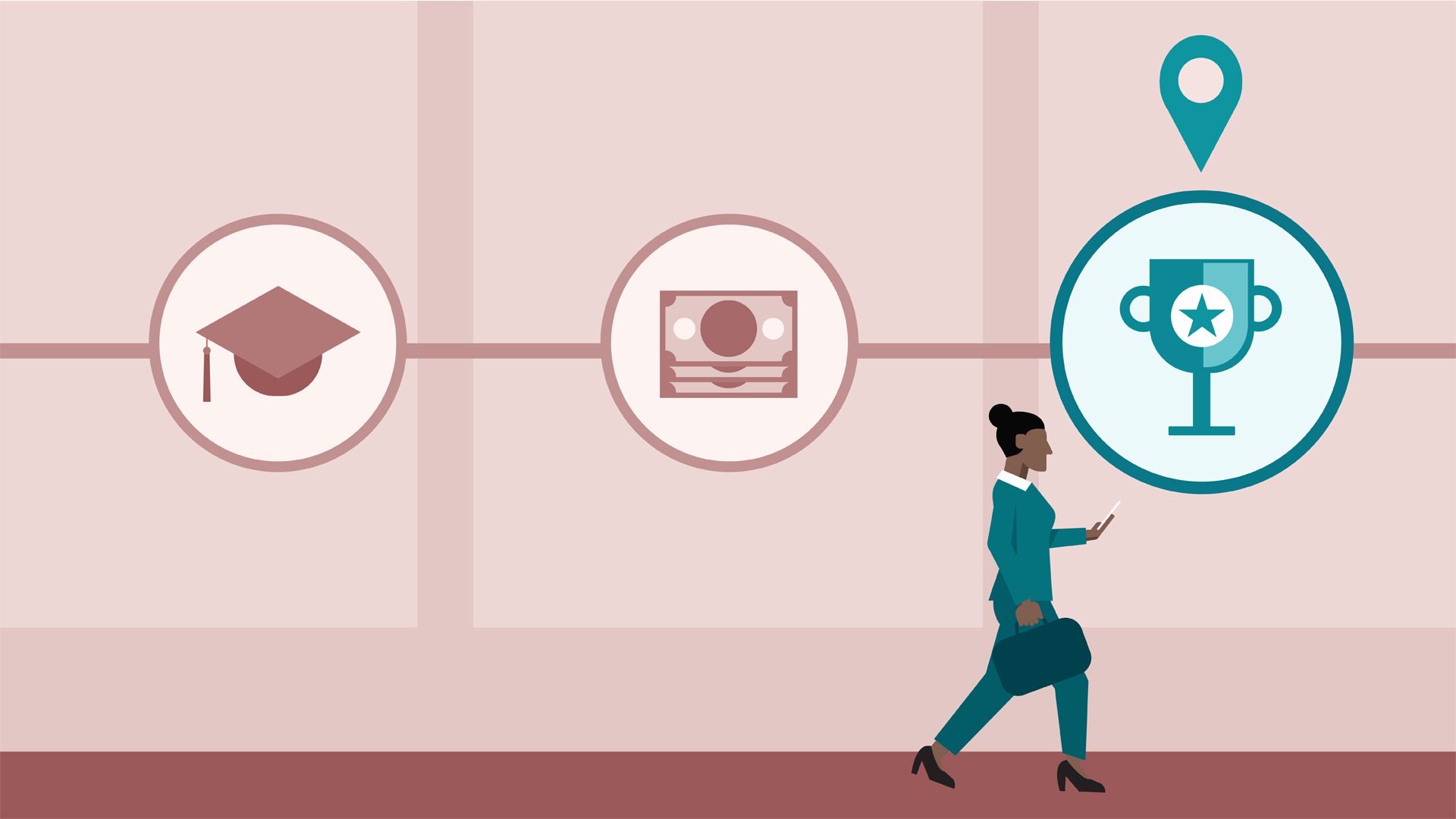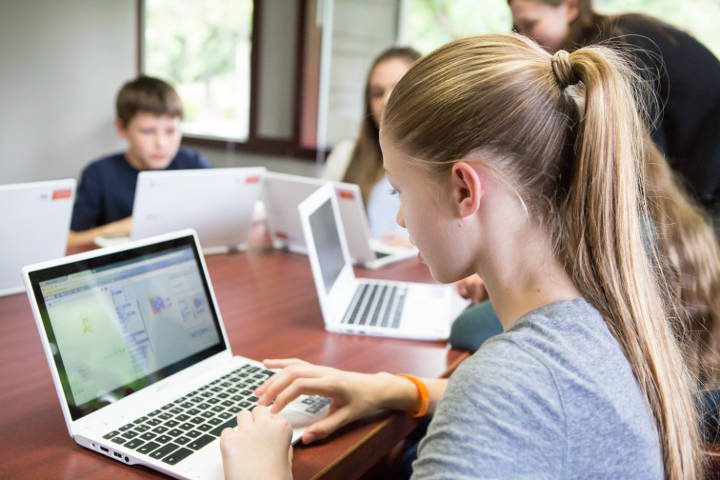Growing crops for our tables can have a massive impact on the environment and on global warming. There are plenty of practices that farmers use that are helpful for keeping the environment clean and healthy, but not all are very good.
For example, in traditional agriculture, irrigating the crops can be especially damaging, because it requires thousands of gallons a week to grow acres of crops.
Fortunately, there are new methods of agriculture that are gaining traction as scientists find new ways to research and conduct crop growth. Below are some of these methods, and how they can help improve agriculture to be sustainable.

1. Using More Sophisticated Tracking Software
The best way to track agriculture and the quality of soil is by using time series data. If you’re asking “what is time series data?”, you aren’t alone. It can be confusing to use at first, but it is a method that allows you to clearly see trends as they change over time.
For example, time series data can make it easy to see trends in soil pH levels over time, and easily correlate them to trends in watering, or sunlight.
If researchers can more easily see past trends in crop yield over time as they relate to other factors, it can improve their knowledge base and help them to find the optimal agricultural methods.
2. Finding More Sustainable Ways to Grow Crops
Some new technologies in microbiology are allowing researchers to use more efficient and sustainable methods for crop and plant growth. One of these examples is called aquaponics.
Aquaponics involves interconnecting the growth of plants with the cultivation of various fish by using the nitrogen cycle in the water. As fish grow in the water, the water will collect fish waste.
This waste can be broken down by specialized microbes into fertilizers. The water with fertilizer and nutrients will then be switched to the tanks where the plants are growing. As the plants deplete the fertilizer from the water, it can be moved back to the fish tank to get more fertilizer again.
This cycle can continue with little energy needed, and using the same water repeatedly. This reduces the water waste that can happen with traditional farming. It can also allow farmers to cultivate crops as well as fish.
3. Using Digital Twins to Conduct Research
Digital twins is a type of artificial intelligence software that will allow researchers to test new farming methods in a digital farming environment.
With ample programming and information put into the digital twin, a researcher could investigate a new type of fertilizer, watering schedule, or sunlight quantity on virtual croplands.
With the information given to the AI system, it can predict the outcome of changing different variables without risking the loss of any real crops.
4. Remote Sensing
Remote sensing allows a researcher to see in real-time how certain crops are growing. If there are signs of disease or issues with a crop, then the farmer will be able to know immediately.
This can help save crops and give farmers and researchers more time to react before losing any crops.
Without remote sensing, scientists would have to walk the fields daily to look for signs of disease or pests and could notice it only too late when the disease has killed a plant or spread to many other crops. Remote sensing is a new way to prevent crop loss.
Final Thoughts
The methods we use for crop growth have a direct impact on the quality of the environment. Making advancements in the world of agriculture will help to keep the environment in good condition as we continue to grow and harvest crops to put on the table.








